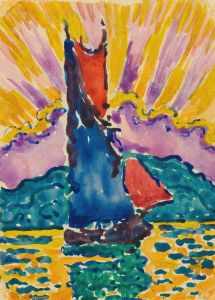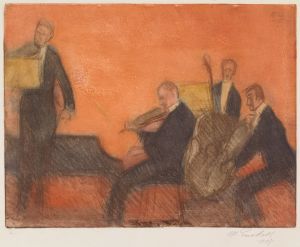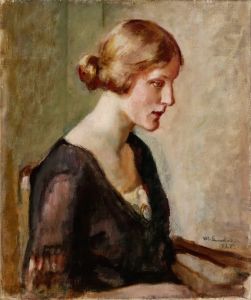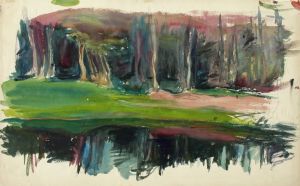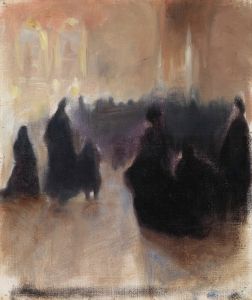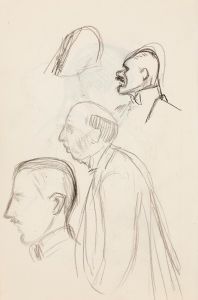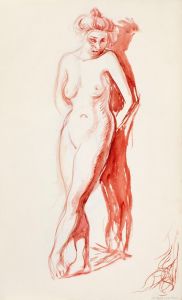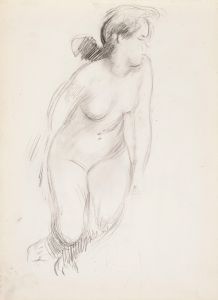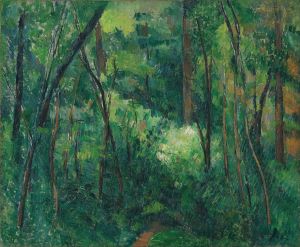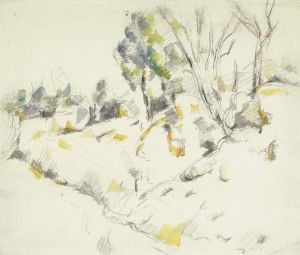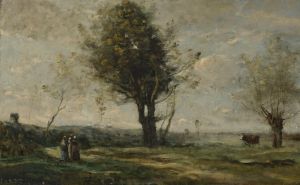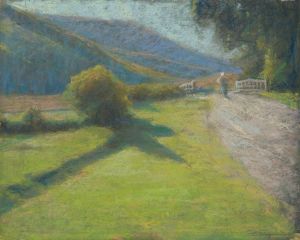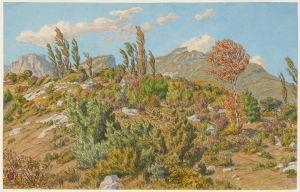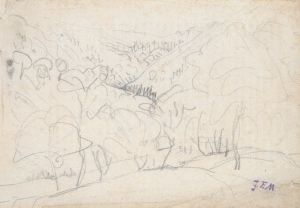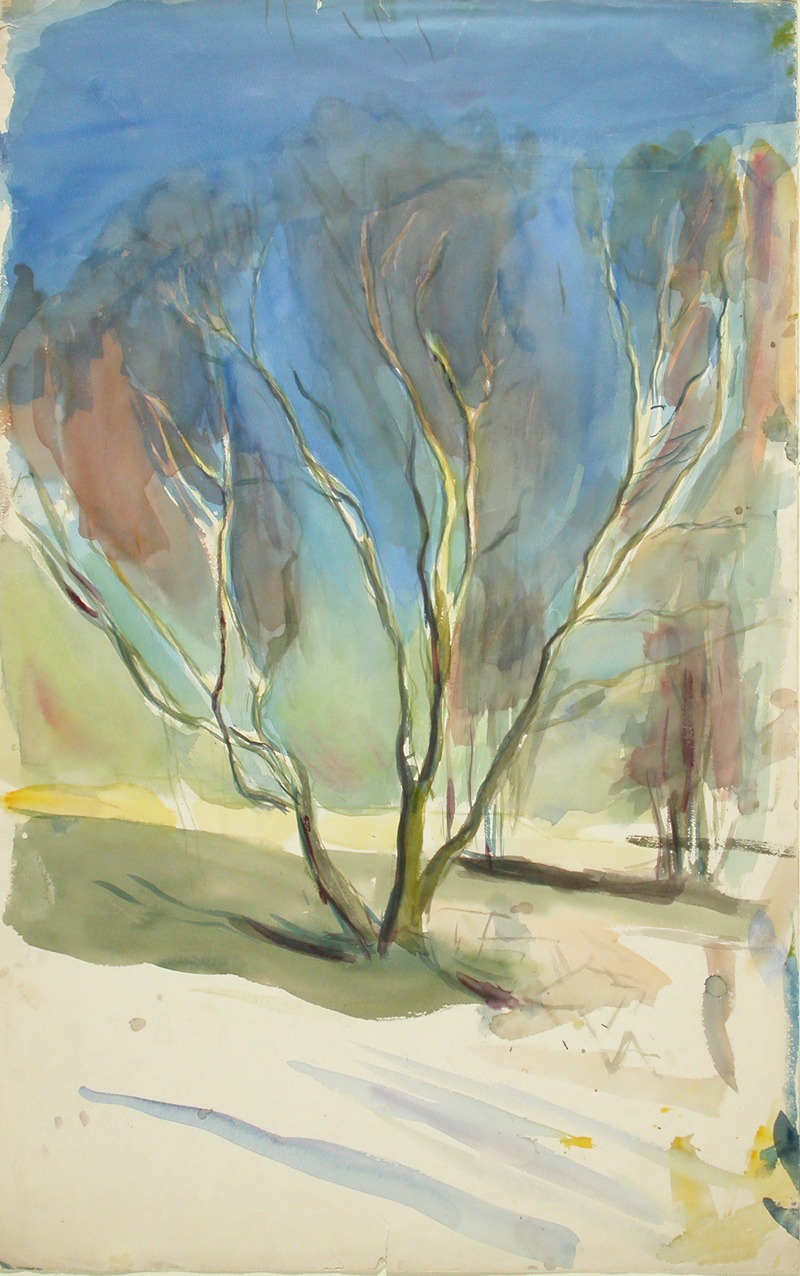
Landscape
A hand-painted replica of Magnus Enckell’s masterpiece Landscape, meticulously crafted by professional artists to capture the true essence of the original. Each piece is created with museum-quality canvas and rare mineral pigments, carefully painted by experienced artists with delicate brushstrokes and rich, layered colors to perfectly recreate the texture of the original artwork. Unlike machine-printed reproductions, this hand-painted version brings the painting to life, infused with the artist’s emotions and skill in every stroke. Whether for personal collection or home decoration, it instantly elevates the artistic atmosphere of any space.
Magnus Enckell was a Finnish symbolist painter, known for his contribution to the Finnish art scene in the late 19th and early 20th centuries. One of his notable works is "Landscape," which reflects his unique style and artistic evolution over the years. Enckell was born on November 9, 1870, in Hamina, Finland, and he became a central figure in Finnish art, particularly known for his symbolist and later more naturalistic works.
"Landscape" by Magnus Enckell is a painting that exemplifies his transition from symbolist themes to a more naturalistic approach. Enckell's early works were heavily influenced by symbolism, characterized by a focus on mythological and dream-like subjects, often using a muted color palette. However, as his career progressed, he began to incorporate brighter colors and more realistic depictions of nature, which is evident in "Landscape."
The painting showcases Enckell's skill in capturing the serene beauty of the Finnish landscape. His use of color and light reflects the influence of the broader European art movements of the time, including Impressionism, which emphasized the effects of light and atmosphere. Enckell's landscapes often feature tranquil scenes, with a focus on the interplay between light and shadow, creating a sense of depth and tranquility.
Enckell studied at the Drawing School of the Finnish Art Society in Helsinki and later continued his studies in Paris, where he was exposed to various artistic movements that influenced his style. The time he spent in Paris allowed him to explore different techniques and approaches, which he later incorporated into his work upon returning to Finland.
"Landscape" is a testament to Enckell's ability to blend different artistic influences while maintaining a distinct personal style. His landscapes are not just representations of nature but are imbued with a sense of mood and emotion, inviting viewers to experience the tranquility and beauty of the Finnish countryside.
Throughout his career, Enckell was involved in various artistic circles and exhibitions. He was a member of the Septem group, which was founded in 1912 and consisted of Finnish artists who were interested in promoting modern art in Finland. This group played a significant role in the development of Finnish art during the early 20th century.
Enckell's contribution to Finnish art extends beyond his paintings. He was also involved in the design of several significant public artworks and was a respected figure in the Finnish art community. His work has been exhibited in numerous galleries and museums, both in Finland and internationally, ensuring his legacy as one of Finland's prominent artists.
In summary, "Landscape" by Magnus Enckell is a reflection of his artistic journey and the broader trends in European art during his lifetime. The painting captures the serene beauty of nature, showcasing Enckell's skill in using color and light to evoke emotion and atmosphere. His work remains an important part of Finland's cultural heritage, celebrated for its contribution to the country's artistic identity.





